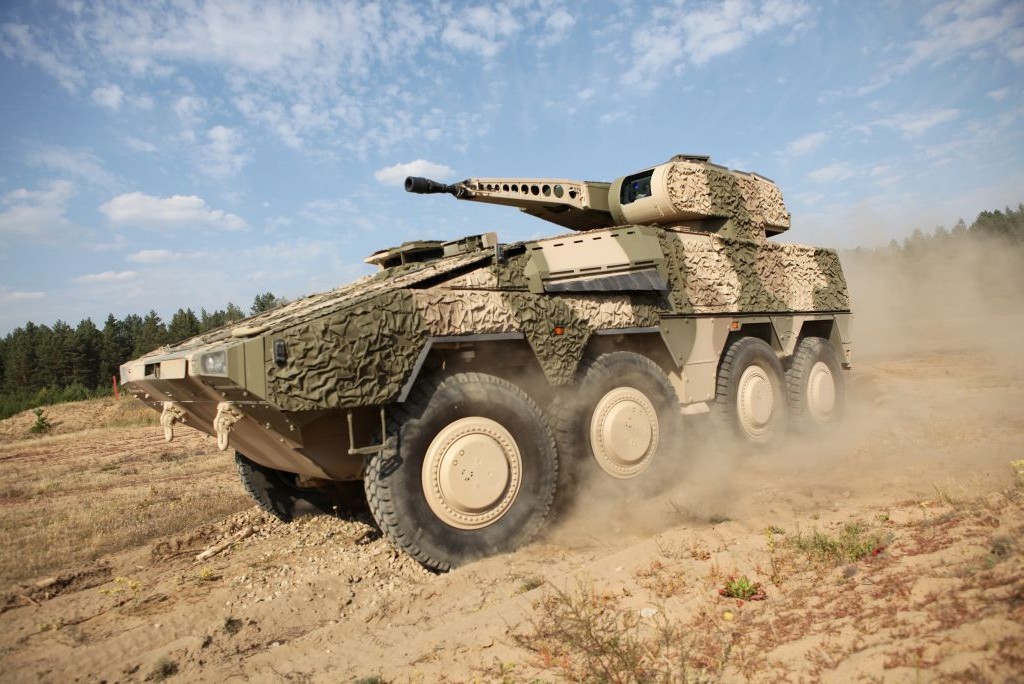L3Harris Unveils Amorphous: Revolutionizing Control of Uncrewed Systems
In the ever-evolving landscape of military technology, L3Harris has recently taken a bold step by introducing a groundbreaking software platform named Amorphous. This innovative system is specifically designed to manage large swarms of uncrewed systems—think aerial drones, ships, and various other platforms—across multiple domains. The intent? To allow these platforms to operate together seamlessly, transforming how military operations are conducted in the 21st century.
A Vision for the Future of Command and Control
The design philosophy behind Amorphous rests on a foundation of open architecture. This means the platform is not only platform-agnostic but also inherently scalable. As it stands, L3Harris has already demonstrated the capability to connect multiple systems. However, the company has its sights set much higher, aiming for Amorphous to eventually take command of thousands of payloads simultaneously. This ambition aligns perfectly with the U.S. Defense Department’s driving goal of enhancing the integration of uncrewed systems into operational frameworks.
Jon Rambeau, the president of integrated mission systems at L3Harris, articulated the company’s forward-thinking vision in a recent briefing. He likened Amorphous to an orchestra conductor, adept at harmonizing multiple uncrewed systems under a single banner. “One of the big problems that has yet to be solved is, how do you think about the control of, not 10, not 100, not even 1,000, but thousands of assets simultaneously,” Rambeau explained. This profound shift underscores the limitations of human operators in managing large-scale operations, especially in complex, dynamic environments.
The Leaderless Swarm Concept
In contrast to traditional models that often depend on a centralized "mothership"—a single platform that directs the actions of various uncrewed systems—L3Harris has proposed a revolutionary “leaderless swarm” approach. According to Toby Magsig, L3Harris’s vice president and general manager of enterprise autonomous systems, this method allows the entire fleet of uncrewed platforms to communicate and share commands. Each system can deconflict its role and responsibilities autonomously, thereby reducing mission risk. This approach becomes particularly pertinent in scenarios where the mothership may face communication failures or threats, such as being neutralized in combat operations.
Proven Applications and Future Prospects
Amorphous is not merely a theoretical concept. It has already been showcased in prototypes that are being developed for various Pentagon programs, including the notable Replicator initiative. This high-profile endeavor aims to deploy thousands of uncrewed systems by the approaching deadline next August. L3Harris has partnered with organizations like Anduril Industries and Swarm Aero in a program called Autonomous Collaborative Teaming, demonstrating capabilities that could redefine how military forces are structured.
The Department of Defense is keenly interested in software that is iteratively upgradeable and versatile enough to run across different hardware systems. Managed by the Defense Innovation Unit, the search for an ideal solution underscores the military’s push toward adaptable and robust technology solutions including Amorphous.
Commitment to Open Architecture
A defining feature of Amorphous is L3Harris’s commitment to developing a truly open architecture. Rambeau emphasized that providing published interfaces for third-party integration will be central to the platform’s success. The company recognizes that enabling developers from diverse backgrounds to contribute to the system will enhance its capabilities and utility significantly.
To that end, L3Harris has collaborated with smaller firms to refine the software’s user interface and autonomy algorithms. This collaborative spirit not only fosters innovation but also ensures the system remains adaptable in an environment of rapid technological advancements.
The Road Ahead for Amorphous
While many specifics about the Replicator demonstrations utilizing Amorphous remain under wraps, Magsig hinted that several significant events are on the horizon. The implications of this technology extend beyond military applications, potentially influencing how civilian sectors manage and coordinate autonomous systems.
In summary, L3Harris’s Amorphous platform represents a crucial leap forward in the realm of uncrewed systems. With its open architecture and leaderless swarm approach, the potential for transforming military operations is substantial. As the Pentagon continues to pursue cutting-edge solutions for integrating uncrewed systems into their strategy, Amorphous stands at the forefront, ready to redefine the future of command and control in multi-domain environments.





